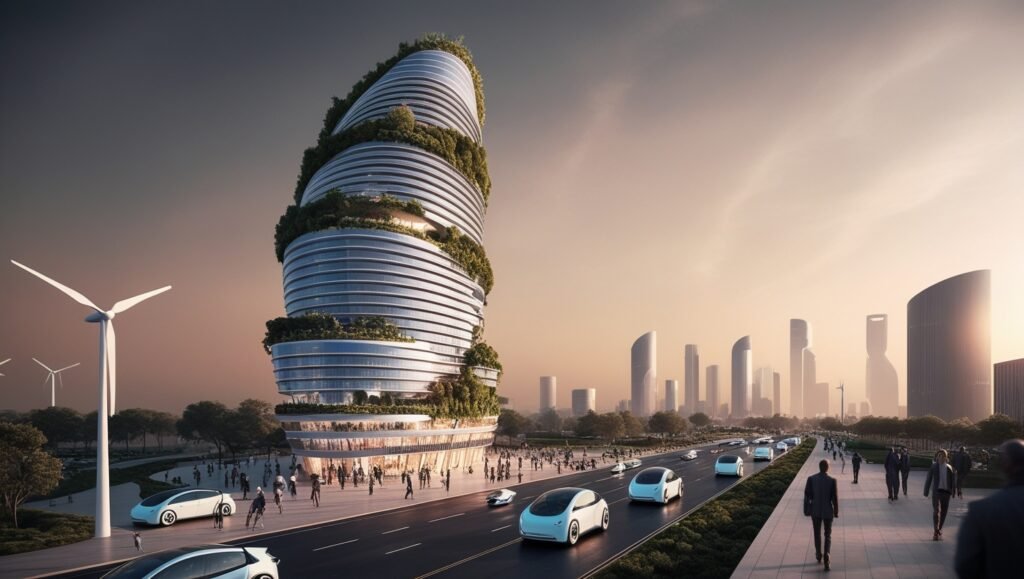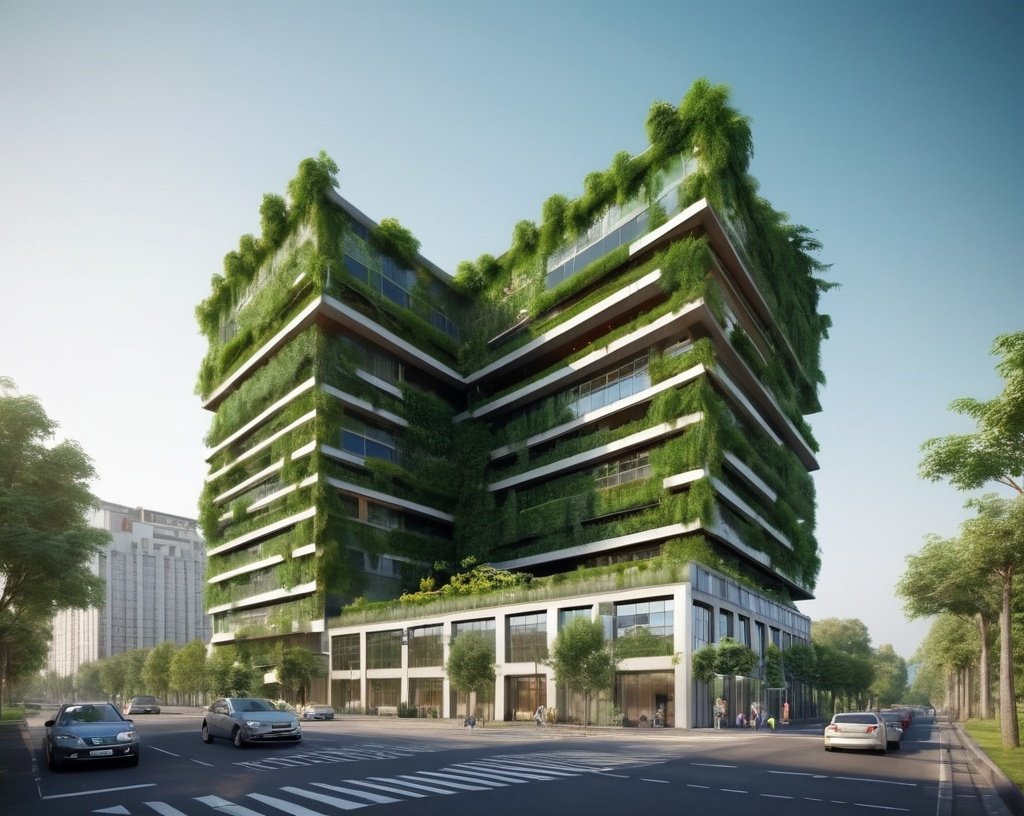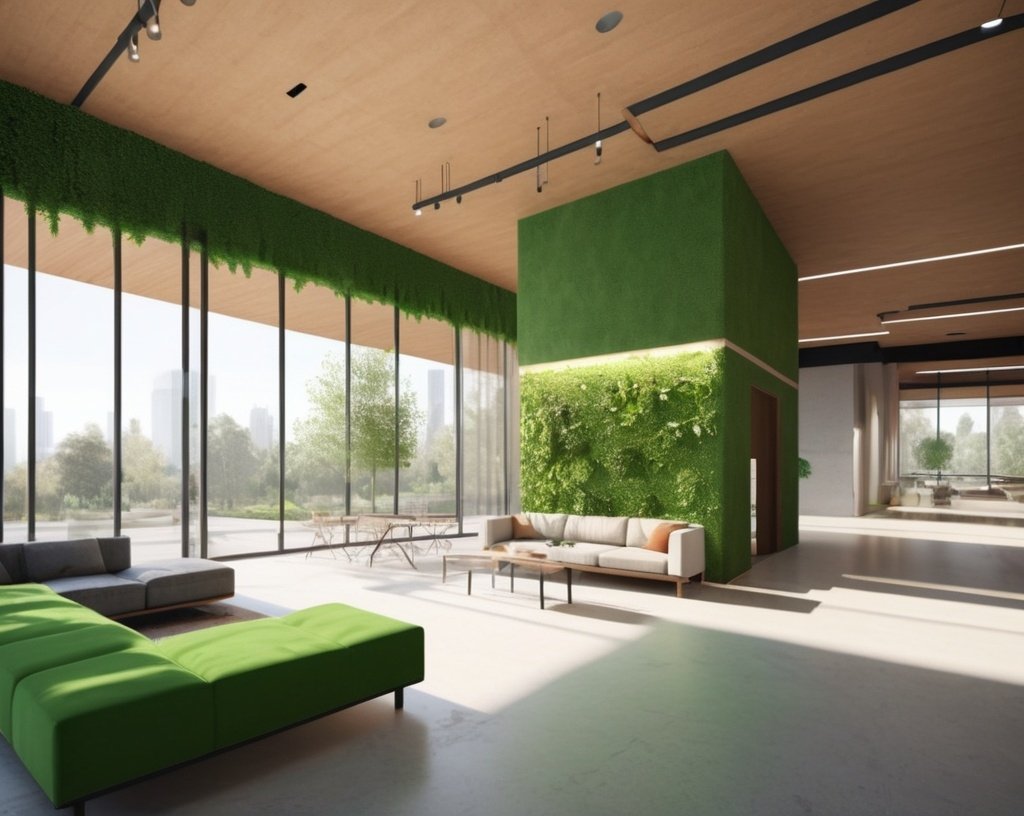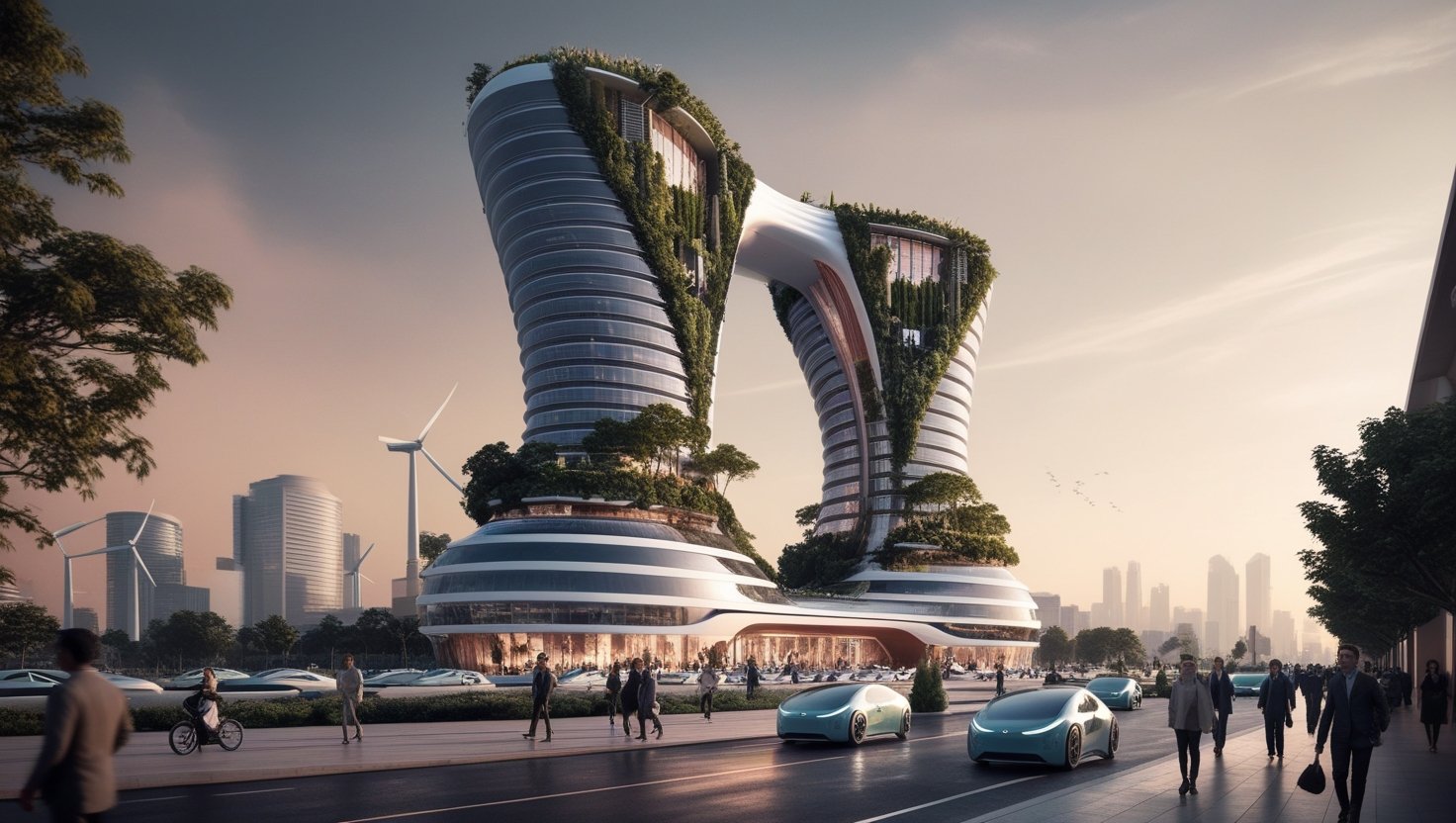How 3D rendering is embracing sustainable practices in the construction and design industry.
Sustainability in 3D Architectural Rendering: Best Practices
As the world grapples with environmental challenges, the construction and design industries are increasingly turning towards sustainable practices to minimize their ecological footprint. One area where sustainability is making significant strides is in 3D architectural rendering. This technology, pivotal in visualizing architectural designs and planning, is evolving to support more sustainable practices. This blog delves into how 3D rendering is embracing sustainability, highlighting best practices, and exploring the benefits of this shift for the construction and design industries.
The Role of 3D Architectural Rendering in Sustainable Design
3D architectural rendering plays a crucial role in the design and planning stages of construction projects. By creating realistic visualizations of buildings and structures, architects and designers can make informed decisions about materials, energy efficiency, and overall design. Sustainable practices in 3D rendering help ensure that these visualizations support environmentally friendly design choices and contribute to more sustainable building practices.
Learn more about the importance of 3D rendering in architecture.
Best Practices for Sustainable 3D Architectural Rendering
1. Utilizing Energy-Efficient Rendering Techniques
Energy efficiency is a key aspect of sustainable design. In 3D architectural rendering, energy-efficient techniques can help reduce the computational power and resources required for generating high-quality images. This includes using optimized rendering engines and algorithms that minimize energy consumption without compromising visual quality.
Modern rendering engines, such as Blender’s Cycles or Autodesk’s Arnold, offer advanced features for energy-efficient rendering. These tools use techniques like adaptive sampling and ray tracing to enhance image quality while reducing the computational load. By adopting these technologies, rendering professionals can contribute to more sustainable practices in their work.
Explore energy-efficient rendering techniques in Blender.
2. Implementing Green Building Materials in Renderings
One of the primary benefits of 3D architectural rendering is the ability to visualize different materials and design options before construction begins. By incorporating green building materials into renderings, architects and designers can assess the environmental impact of various choices and make informed decisions.
Sustainable materials, such as recycled or low-impact products, can be highlighted in renderings to demonstrate their benefits. This approach helps clients and stakeholders understand the advantages of green materials and supports the adoption of more sustainable construction practices.
3. Enhancing Visualization of Energy Efficiency Features
3D renderings can effectively showcase energy efficiency features, such as solar panels, green roofs, and efficient HVAC systems. By accurately representing these features in visualizations, architects can communicate their benefits to clients and stakeholders, encouraging the adoption of energy-efficient solutions.
For instance, renderings can illustrate how a building’s orientation and window placement maximize natural light and minimize energy consumption. Highlighting these aspects in visualizations helps promote sustainable design practices and supports the integration of energy-saving technologies.

Read about how to visualize energy efficiency in building design.
4. Leveraging Virtual Reality (VR) and Augmented Reality (AR)
Virtual Reality (VR) and Augmented Reality (AR) technologies are increasingly being used in conjunction with 3D architectural rendering to create immersive and interactive experiences. These technologies allow clients and stakeholders to explore designs in a virtual environment, providing a better understanding of how sustainable features will perform in the real world.
By using VR and AR, architects can simulate the impact of different design choices on energy consumption, daylighting, and other sustainability factors. This immersive approach enhances the decision-making process and supports the development of more sustainable building solutions.
Discover the benefits of VR and AR in architecture.
5. Incorporating Lifecycle Analysis into Renderings
Lifecycle analysis (LCA) is a method for assessing the environmental impact of a building throughout its entire lifecycle, from construction to demolition. Incorporating LCA into 3D renderings can provide valuable insights into the sustainability of different design options and materials.
By integrating LCA data into renderings, architects can visually represent the long-term environmental impact of various choices. This approach helps stakeholders understand the full implications of their decisions and supports the development of more sustainable designs.
Benefits of Embracing Sustainability in 3D Architectural Rendering
1. Improved Decision-Making
Sustainable 3D rendering practices provide architects and designers with valuable insights into the environmental impact of their choices. By visualizing different materials, energy-efficient features, and design options, professionals can make more informed decisions that support sustainability goals.
2. Enhanced Client Communication
High-quality renderings that incorporate sustainable practices help clients better understand the benefits of green design choices. This improved communication fosters greater buy-in from clients and stakeholders, leading to more successful implementation of sustainable solutions.
3. Increased Adoption of Green Building Practices
By showcasing the advantages of green building materials and energy-efficient features, 3D renderings encourage the adoption of sustainable practices. This increased awareness and understanding help drive the construction industry towards more environmentally friendly practices.
4. Reduced Environmental Impact
Optimized rendering techniques and the use of sustainable materials in visualizations contribute to a lower environmental footprint. By adopting these practices, rendering professionals can support the broader goal of reducing the construction industry’s impact on the environment.
5. Innovation and Creativity
Sustainable 3D rendering practices encourage innovation and creativity in design. By exploring new materials, technologies, and visualization techniques, architects and designers can push the boundaries of traditional practices and develop more sustainable solutions.

Challenges and Considerations
1. Technical Complexity
Implementing sustainable practices in 3D rendering may require advanced technical skills and knowledge. Professionals must stay updated with the latest technologies and techniques to effectively integrate sustainability into their work.
2. Cost Implications
While sustainable rendering practices offer long-term benefits, they may involve higher upfront costs. Investing in advanced rendering engines, VR/AR technologies, and LCA tools can be costly, and professionals should weigh these costs against the potential benefits.
3. Client Expectations
Clients may have varying levels of understanding and appreciation for sustainable design practices. Clear communication and education are essential to ensure that clients recognize the value of incorporating sustainability into their projects.
4. Integration with Existing Workflows
Integrating sustainable practices into existing workflows may require adjustments and updates to current processes. Professionals should be prepared to adapt their workflows to accommodate new technologies and techniques.

Conclusion
Sustainability in 3D architectural rendering is more than just a trend; it represents a significant shift towards more environmentally conscious design practices. By embracing energy-efficient rendering techniques, incorporating green materials, leveraging VR/AR technologies, and integrating lifecycle analysis, the rendering industry is playing a crucial role in supporting sustainable construction and design.
As we move forward, the adoption of sustainable practices in 3D rendering will continue to drive innovation and contribute to a more sustainable future for the construction industry. By staying informed about the latest advancements and best practices, architects and designers can make a positive impact on both the environment and the quality of their work.
Explore further on sustainable architectural practices.
Explore our AI in Animation articles!
How Leading Brands Can Benefit from Virtual Reality in Marketing by 2030 – Studio Image Works
Why 3D Visualization is Crucial for Real Estate Marketing in UAE – Studio Image Works






